Don’t be fusilli — it’s pasta time you learned this basic kitchen skill!
Use a large pot
Pick a roomy pot that gives the pasta plenty of space to move.
Use lots of water
Just as pasta needs a roomy pot, it also needs plenty of water — more than enough to submerge it completely.
Get salty
This is crucial to avoid bland results — the pasta cooking water should taste as salty as the sea, so you’ll need to use at least a tablespoon of salt.
Bubble bubble
Don’t be tempted to add the pasta when the water is still at a simmer. Wait until it’s at a serious boil before you go for it.
Stir it up
Stir the pasta immediately once you put it in, and then stir it every couple of minutes during its cooking time. This will prevent it from clumping.
Test time
Start checking the pasta’s doneness 2-3 minutes before the time stated on the package. Using a slotted spoon or fork, fish out a single piece of pasta. Let it cool slightly, then bite into it. Everyone has their own pasta preference, but in general you should regard it as done when it still has a little bite to it. This is known as “al dente”.
Save a scoop
Before you drain and discard the cooking water, save a cup. Stirring a little of this starchy water into your sauce is key for binding the sauce and pasta together.
Drain
Drain your pasta in a colander or sieve over the kitchen sink, then toss with the sauce and a splash of pasta water.
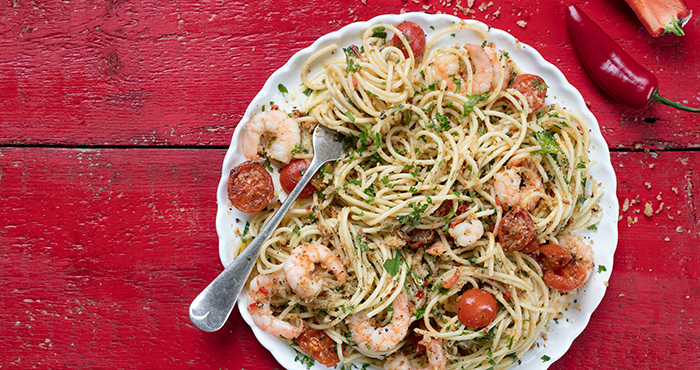
Top tips for perfect pasta
- Don’t add oil to the pasta water! It’s a myth that this will keep it from clumping — a stir will do this perfectly well, and adding oil can mean the sauce won’t cling to your pasta properly.
- Don’t rinse your pasta once it’s cooked. This will wash away the starches that bind it to the sauce.
- Unlike dried pasta, fresh pasta takes just 1-2 minutes to cook.
- Stuffed pasta, like ravioli, will float up to the surface of the water when ready.
Find more tips for making great Italian food here.

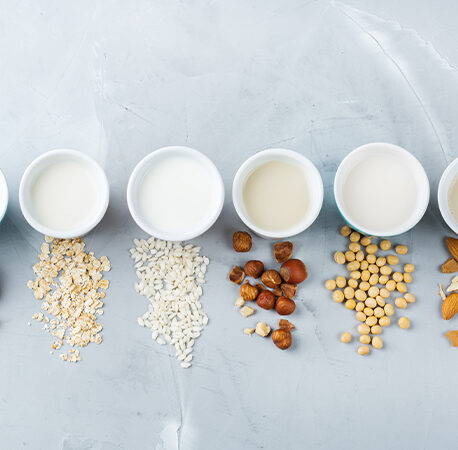
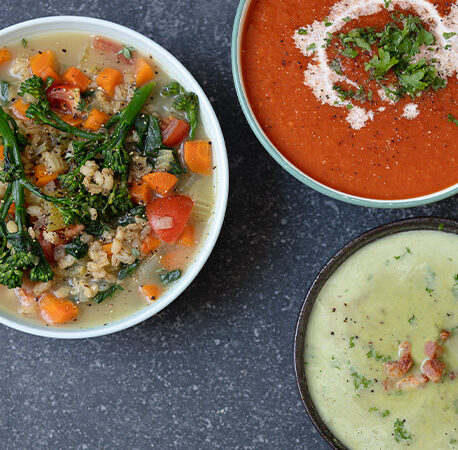

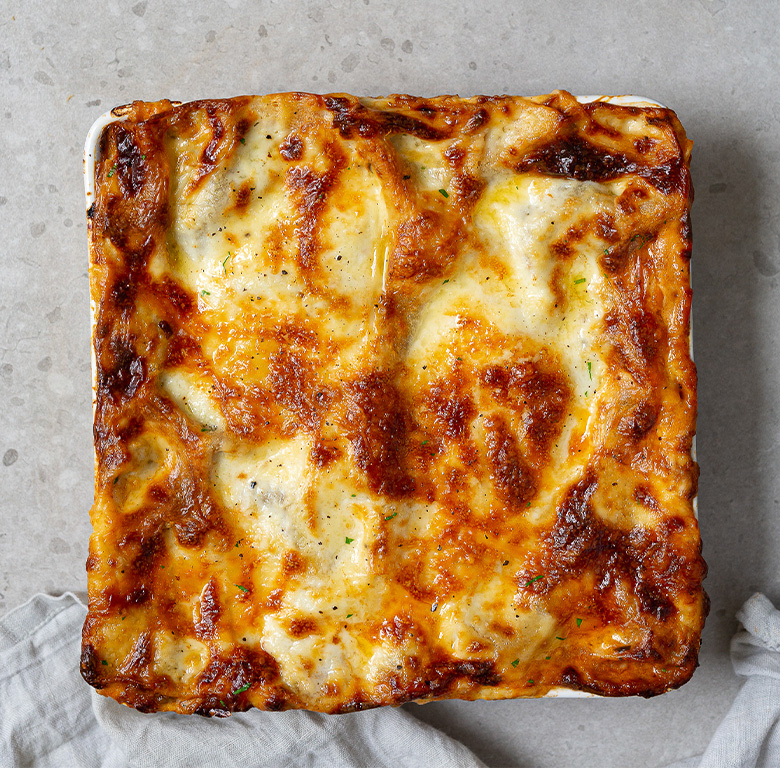
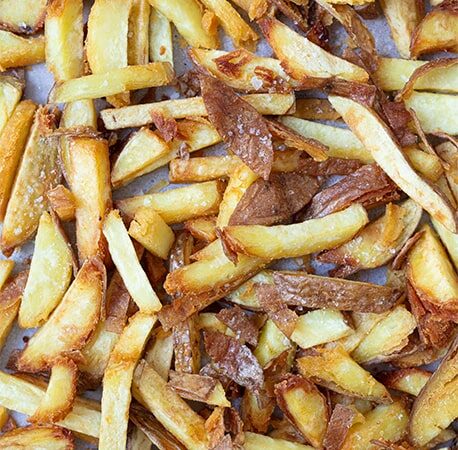
You have to be signed in to comment this post.